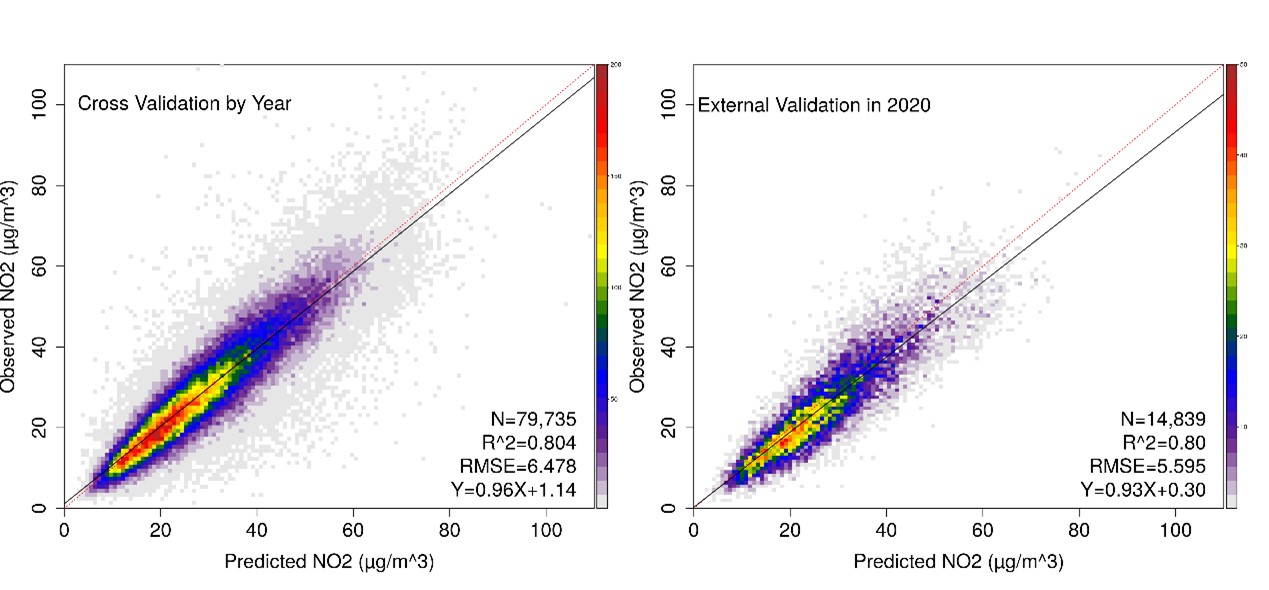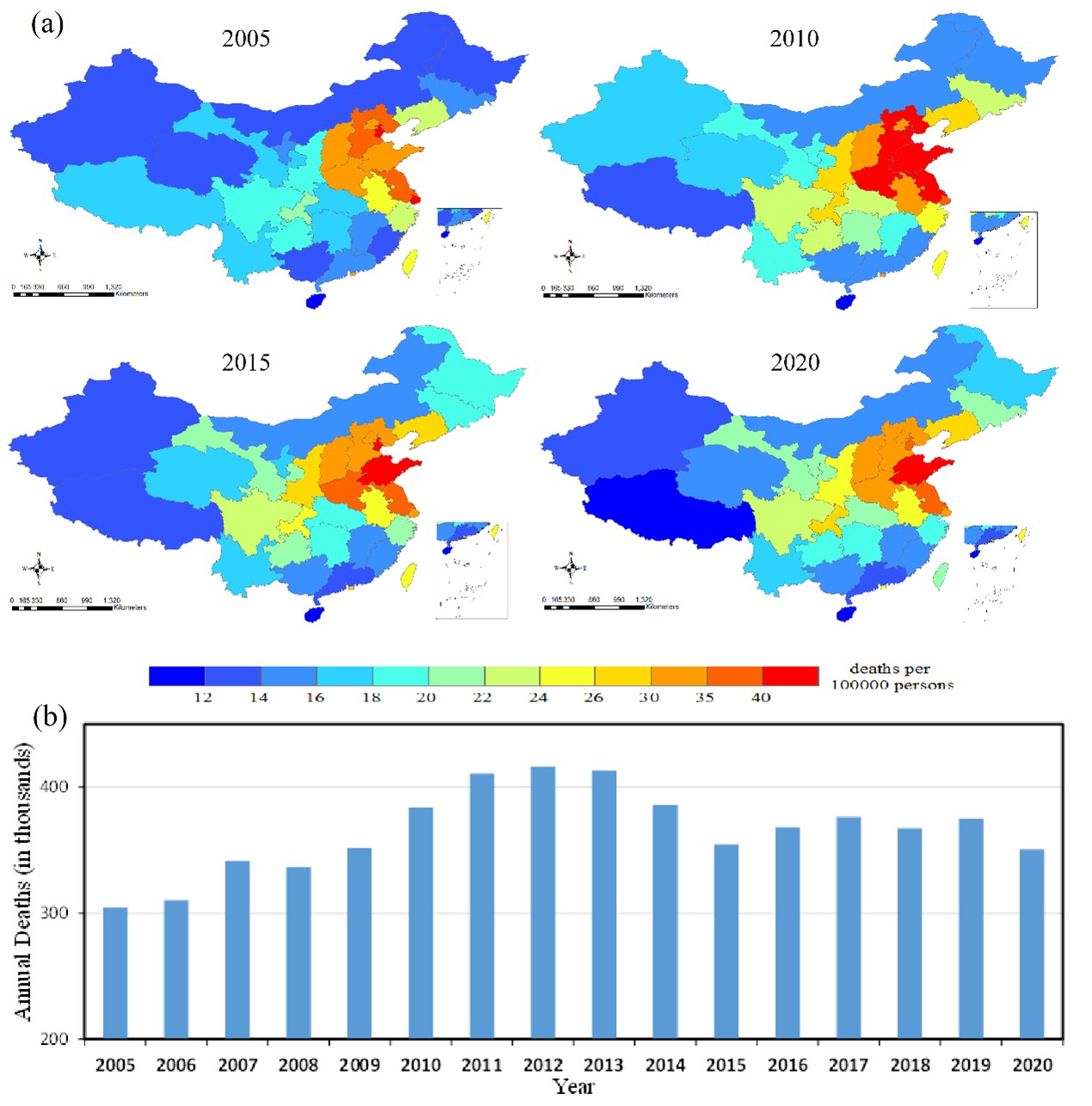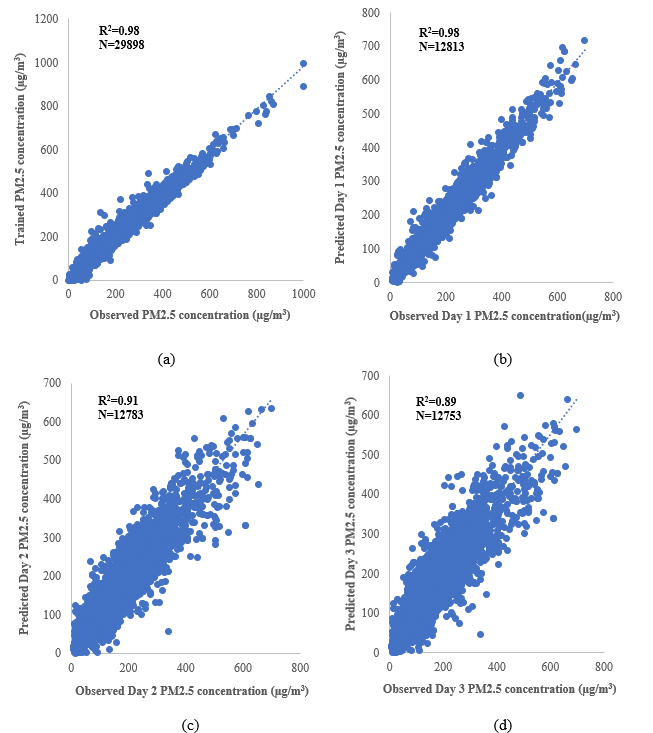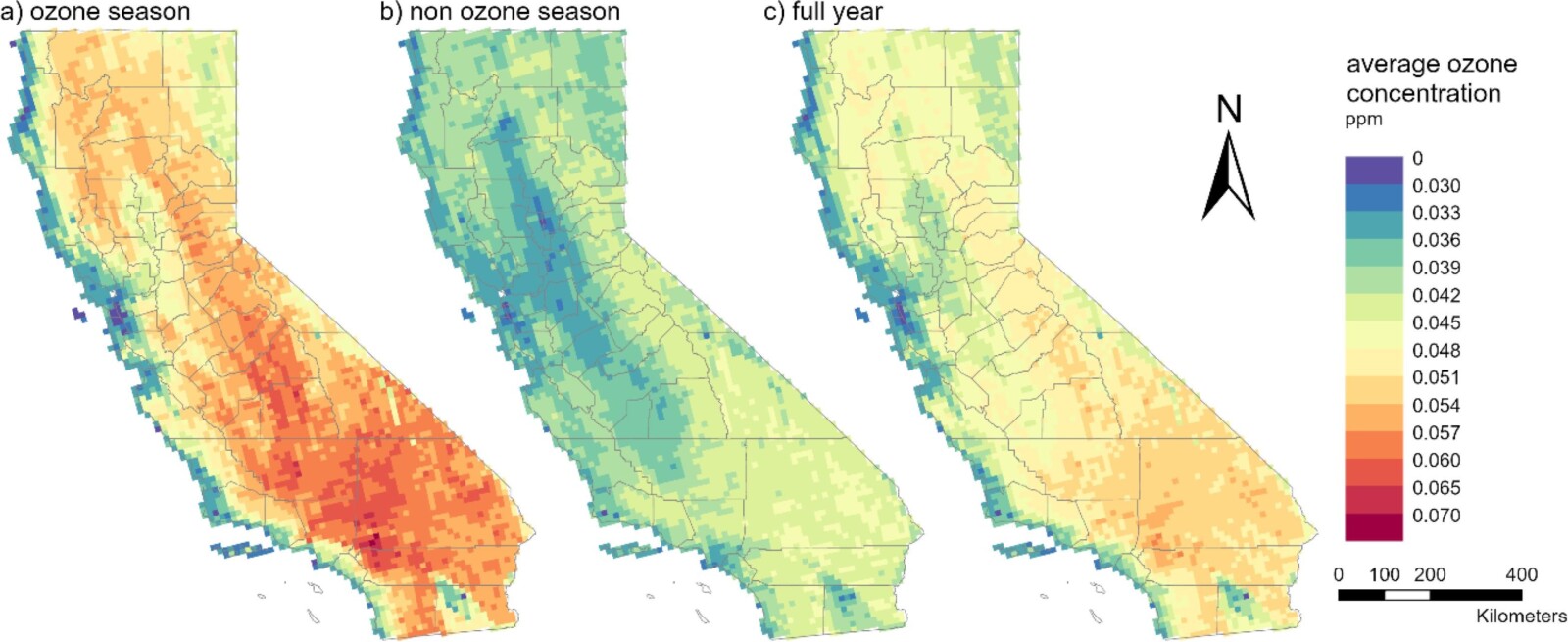Danlu Zhang, Wenhao Wang, Yuzhi Xi, Jianzhao Bi, Yun Hang, Qingyang Zhu, Qiang Pu, Howard Chang, and Yang Liu (2023). Wildland Fires Worsened Population Exposure to PM2.5 Pollution in the Contiguous United States. Environmental Science & Technology Article ASAP
Science Direct: link
As wildland fires become more frequent and intense, fire smoke has significantly worsened the ambient air quality, posing greater health risks. To better understand the impact of wildfire smoke on air quality, we developed a modeling system to estimate daily PM2.5 concentrations attributed to both fire smoke and non-smoke sources across the contiguous U.S. We found that wildfire smoke has the most significant impact on air quality in the West Coast, followed by the Southeastern U.S. Between 2007 and 2018, fire smoke contributed over 25% of daily PM2.5 concentrations at ∼40% of all regulatory air monitors in the EPA’s air quality system (AQS) for more than one month per year. People residing outside the vicinity of an EPA AQS monitor (defined by a 5 km radius) were subject to 36% more smoke impact days compared with those residing nearby. Lowering the national ambient air quality standard (NAAQS) for annual mean PM2.5 concentrations to between 9 and 10 μg/m3 would result in approximately 35–49% of the AQS monitors falling in nonattainment areas, taking into account the impact of fire smoke. If fire smoke contribution is excluded, this percentage would be reduced by 6 and 9%, demonstrating the significant negative impact of wildland fires on air quality.









